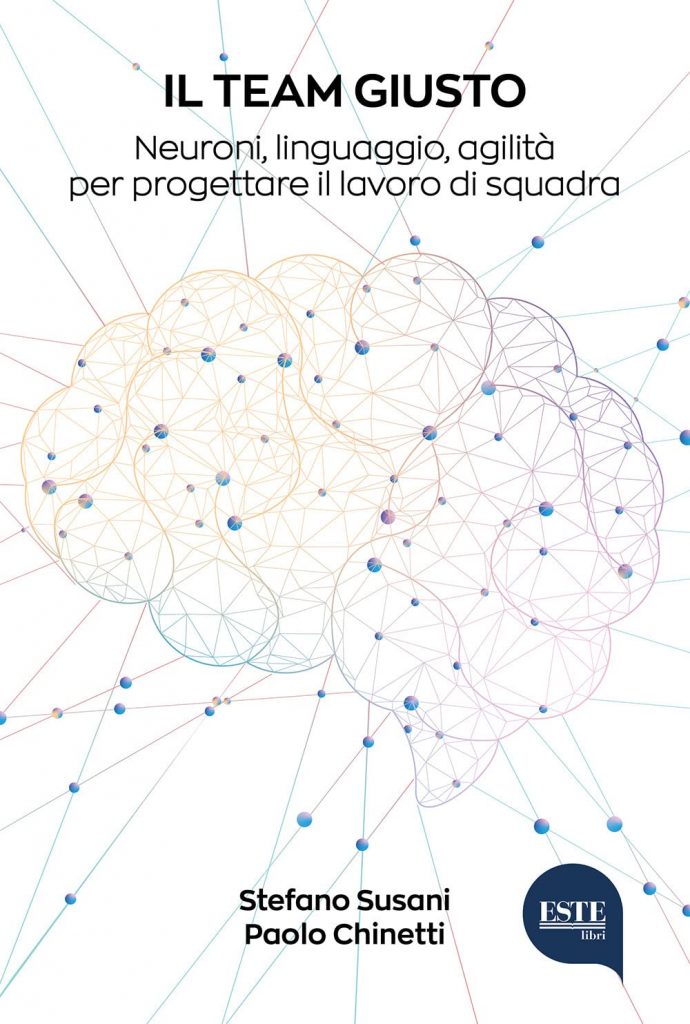Il Team Giusto
The book

Team coaching, Teamwork, Agile team leadership, Management training. There are so many buzzwords that companies and people have to deal with every day. “Il Team Giusto” aims to give a light but comprehensive overview to better understand them and to be able to use them in practice, but also to improve one’s experience within a group, without forgetting efficiency and productivity.
The reason why many companies invest in team building and diversity is because these elements can help create the right team that is able to deal with the enormous variety of problems that any job or organizational environment will physiologically challenge us with.
Our book “Il Team Giusto” is a comprehensive and simple tool to navigate easily in this ocean. Synthesis is the strength of the book. If you need to improve your knowledge on teams for yourself or for your company you can read everything easily, but if you are interested in a specific topic, the book is made so that it can answer your question in a simple and direct way. It becomes a map to orient oneself with chapters or paragraphs that can be read independently.
Find out at your leisure what interests you most and take the first step as a leader or as a team player in creating the right team!
Curiosities about the book
- Il Team Giusto: why did you choose this title and how do you motivate the choice of the adjective 'right'
- Writing a book in two requires a certain degree of harmony. How did the 'right team’ for the writing of this book come about and how did you write it?
- Who is the natural recipient of this reading?
- Can you explain how is the book set up and how we can 'use it' (exercises, bibliography ...)?
- What are the aspects of teamwork that you describe in the book?
- When does a team become the right team?
- In the book you write that organizations need critical thinking to quickly understand when a path is wrong and to address challenges faster and more innovatively. What is the connection with neuroscience?
- You also talk about neurochemistry in the book. Trust activates the sense of us. But how?
- Diversity is a value. Why?
- We talk about leadership, but the literature that is very focused on the individual and too little on the perspective of the fellow traveler. Can you explain us?
- How do you build a team in the time of smart working?
- Training and growing together
Il Team Giusto: why did you choose this title and how do you motivate the choice of the adjective 'right'
Writing a book in two requires a certain degree of harmony. How did the 'right team’ for the writing of this book come about and how did you write it?
Who is the natural recipient of this reading?
Can you explain how is the book set up and how we can 'use it' (exercises, bibliography ...)?
What are the aspects of teamwork that you describe in the book?
When does a team become the right team?
In the book you write that organizations need critical thinking to quickly understand when a path is wrong and to address challenges faster and more innovatively. What is the connection with neuroscience?
You also talk about neurochemistry in the book. Trust activates the sense of us. But how?
Diversity is a value. Why?
We talk about leadership, but the literature that is very focused on the individual and too little on the perspective of the fellow traveler. Can you explain us?
How do you build a team in the time of smart working?
Training and growing together